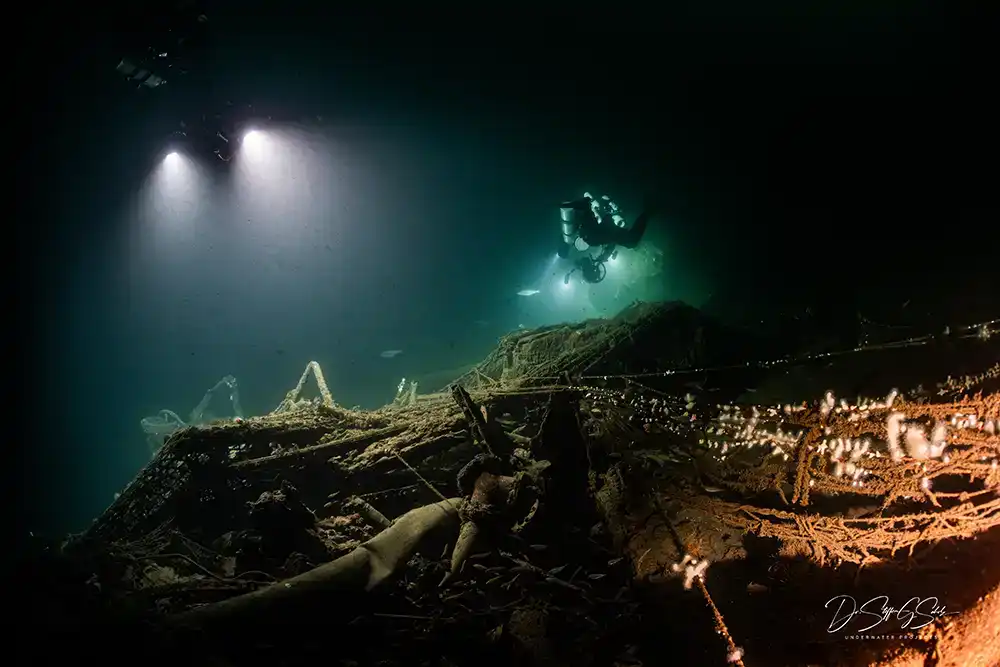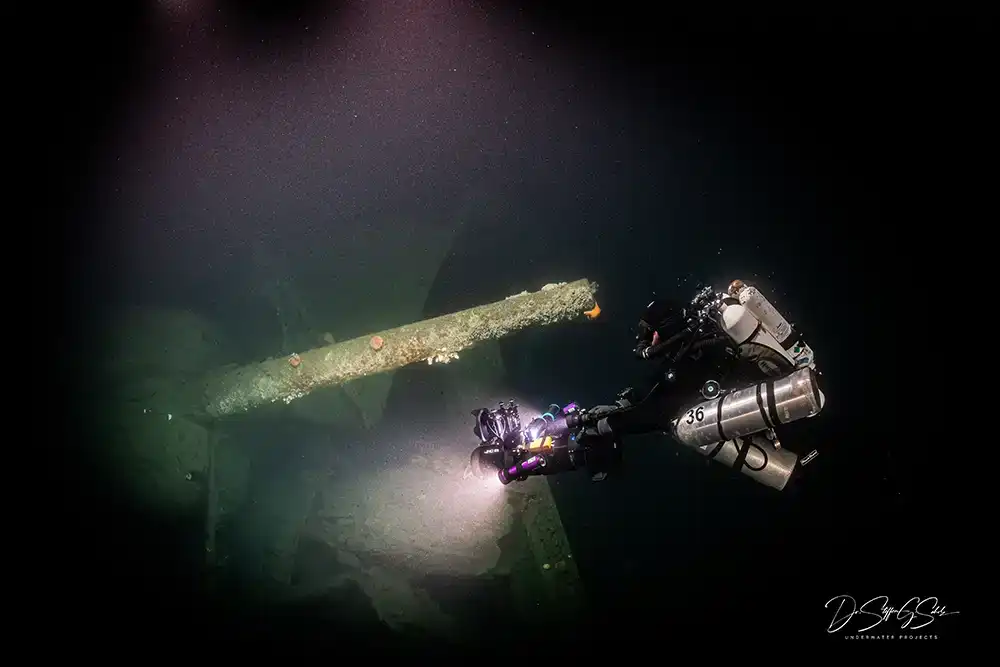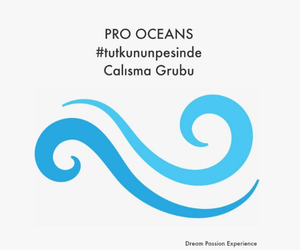An international team of technical divers has located the wreck of Royal Navy warship HMS Nottingham, 110 years after she was sunk by a German U-boat during the First World War
Nottingham, a Town-class light cruiser, was sunk on 19 August 1916 during an encounter with elements of the German High Seas Fleet.
Despite numerous attempts to locate her, Nottingham was the last remaining ship of that era whose final resting place remained unknown, making the discovery particularly significant and bringing closure to surviving descendants of the 38 men killed during the attack.
Operating under the banner of ProjectXplore, a team comprising members from the UK, Germany, the Netherlands, Poland and Spain made the discovery after months of extensive research of ships’ logs, telegrams and charts.

Locating the 82-metre-deep wreck was a challenging technical dive operation, taking place in the North Sea, 60 miles (100km) off the coast of north-east England.
The wreck is remarkably intact with a 45-degree list to port, complete with 9 x 6-inch guns, the original wooden decking in place, and white dinner plates stamped with a Royal Navy blue crown emblem.
History of HMS Nottingham
HMS Nottingham was a Birmingham-class cruiser, a subdivision of the Town-class cruisers, five designs of which were named after British towns and cities: Bristol, Weymouth, Chatham, Birmingham and Birkenhead.
Larger than destroyers but smaller than battlecruisers, the ‘Towns’ were long-range scout ships, deployed ahead of the British Grand Fleet’s battleships and considered to be ‘considerably superior to their German opponents.’
Launched in April 1913 and completed on 1 April 1914, the 139.3-metre (457ft) long Nottingham was fitted with nine 6-inch guns, four 3-inch anti-aircraft guns and two torpedo tubes.

She saw action during most of the Naval battles prior to her sinking, including the 1915 Battle of Dogger Bank and 1916 Battle of Jutland, where she was instrumental in sinking or disabling several German vessels.
On 18 August 1916, two months after the Battle of Jutland, the British Grand Fleet was sent to intercept the German High Seas Fleet (much of which would later be scuttled at Scapa Flow), which had been ordered to bombard the city of Sunderland, in north-east England.
A German U-boat was spotted manoeuvring into position early the next morning, but hazy conditions led to it being misidentified as a small fishing boat, and the Grand Fleet fell into the German’s ambush.
Nottingham was hit by two torpedoes fired from U-52, which left her without power, but still afloat. Twenty-five minutes later, however, she was struck by a third, and began to sink.
Most of the 480-man crew managed to reach the lifeboats or were rescued by two destroyers that arrived at the scene, but 38 men were lost; only three of whom were ever recovered from the sea.

Finding HMS Nottingham
The ProjectXplore team began researching the wreck of HMS Nottingham in September 2024, with multiple visits to the National Archives, National Maritime Museum and Imperial War Museums in London, and the United Kingdom Hydrographic Office (UKHO).
The research covered both British records and those of the Imperial German Navy – including U-52’s own records – plus data from fishing vessels that visit the area, who often mark shipwrecks as sites of possible entanglement.
After eight months of preparation, the team headed out in April 2025 to conduct sonar surveys of the area where they believed Nottingham to be located.
After completing the main survey without success, the team checked an uncharted fisherman’s mark just outside the search area, where they found the unmistakable lines of a large warship.

Based on the measurements taken by the sonar, the wreck was an exact match for Nottingham’s dimensions, and further surveys revealed the ship to be sitting with a 45-degree list to port, with much of her superstructure still intact and her 6-inch guns clearly visible.
On 16 July 2025, following three months of preparation, the team set off to dive the wreck, descending directly onto two of the 6-inch guns, which they found intact with unspent shells nearby.
On approaching the stern of the vessel, the name of the ship was immediately apparent, and the team found much of the wooden decking still in place. They also located the four funnels and found a number of white plates stamped with a Royal Navy blue crown emblem.
Towards the bow, forward of the bridge, they found the blast damage from the torpedoes, some of the hull’s 3-inch armour plating ‘peeled open’.
The discovery of the last lost warship of the First World War is a huge find for Naval historians and is described in ProjectXplore’s expedition report as ‘without question the best preserved Town-class cruiser in the world.’

Falmouth, however, now a popular dive site, sits in just 16m of water off the coast of Flamborough Head in Yorkshire and was heavily salvaged after the war.
As a designated war grave, the find also brings closure to the descendants of the 38 men who lost their lives, and completes the missing records of the British Royal Navy.
‘Given [Nottingham’s] unique historical significance, her excellent state of preservation, and status as the final resting place of 38 British sailors,’ writes the ProjectXplore team, ‘we believe it is important to follow due process for reporting discoveries of this nature.
‘Accordingly, the Royal Navy has been notified.’

A detailed trip report produced by ProjectXplore, written by team members Leo Fielding and Dan McMullen, is available at this link. For more from ProjectXplore, visit the team’s Facebook Page.
The post Wreck of WWI cruiser HMS Nottingham found 110 years after her sinking appeared first on DIVE Magazine.





